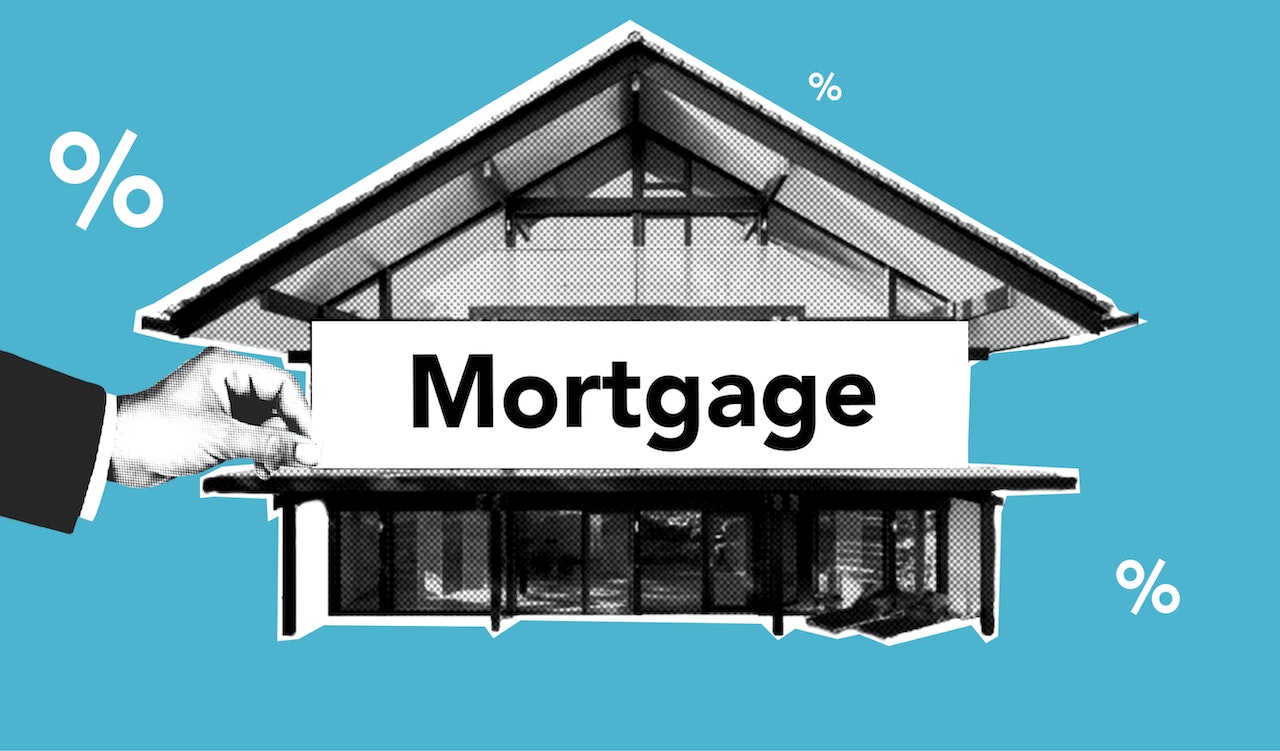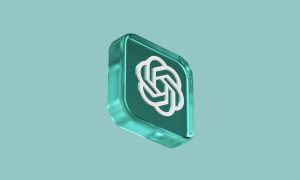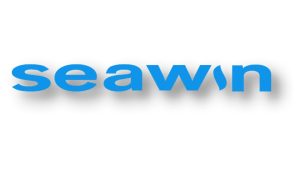If you’re a homeowner nearing retirement or looking for a way to supplement your income, a Reverse Mortgage could be the solution you need. This financial product allows you to tap into your home’s equity without selling your property or making monthly mortgage payments. Let’s embark on a journey to explore the world of Reverse Mortgages and empower you to make the right choices for your financial future.
What Does Mean By Reverse Mortgage?

A Reverse Mortgage, also known as a Home Equity Conversion Mortgage (HECM), is a financial product designed for homeowners aged 62 or older. It enables them to convert a portion of their home’s equity into tax-free funds, which can be received as a lump sum, line of credit, fixed monthly payments, or a combination of these options. Unlike traditional mortgages, with a Reverse Mortgage, homeowners are not required to make monthly mortgage payments as long as they live in the home.
How Does a Reverse Mortgage Work?
To qualify for a Reverse Mortgage, homeowners must have substantial equity in their property. The loan amount is determined based on the borrower’s age, the home’s value, current interest rates, and specific program limits. The loan is repaid when the homeowner moves out of the home, sells the property, or passes away. In the event of the homeowner’s passing, their heirs can choose to repay the loan or sell the property to settle the debt.
The Benefits of Reverse Mortgages
- Supplemental Income for Retirement: A Reverse Mortgage can provide much-needed funds to cover daily expenses, medical bills, or leisure activities during retirement.
- No Monthly Mortgage Payments: Homeowners are relieved from the burden of monthly mortgage payments, easing financial stress in retirement.
- Flexibility in Receiving Funds: Borrowers can choose from various disbursement options, tailoring the Reverse Mortgage to their unique needs.
- Staying in Your Home: As long as the homeowner continues to live in the home, they can benefit from the Reverse Mortgage.
Important Considerations and Drawbacks
- Accumulating Interest: As the Reverse Mortgage balance increases over time, so does the accrued interest, potentially impacting the homeowner’s equity.
- Fees and Closing Costs: Reverse Mortgages come with upfront fees and closing costs, which should be factored into the decision-making process.
- Impact on Inheritance: Borrowers should be aware that a Reverse Mortgage can reduce the inheritance they leave to their heirs.
Reverse Mortgage vs. Home Equity Loan: Understanding the Difference

Many homeowners wonder about the difference between a Reverse Mortgage and a Home Equity Loan. While both allow you to tap into your home’s equity, they have distinct features.
1. Purpose
A reverse mortgage is primarily designed for homeowners who are at least 62 years old and want to convert a portion of their home equity into cash without having to sell the property or make monthly mortgage payments. The loan is repaid when the homeowner sells the property, moves out, or passes away.
A home equity loan, also known as a second mortgage, is available to homeowners of any age who want to borrow against the equity they have built up in their home for a specific purpose, such as home improvements, debt consolidation, or other financial needs. The loan is repaid in monthly installments over a set term.
2. Loan Repayment
With a reverse mortgage, the homeowner does not make monthly mortgage payments. Instead, the loan becomes due when the homeowner sells the property, moves out, or passes away. The repayment is usually covered by the sale of the property, and if the loan balance is higher than the home’s value, the excess debt is typically covered by the FHA insurance (for FHA-insured reverse mortgages).
In a home equity loan, the homeowner is required to make regular monthly payments, including principal and interest, until the loan is fully repaid. The loan term is fixed, and the borrower knows the exact amount they need to pay each month.
3. Eligibility Requirements
To qualify for a reverse mortgage, the homeowner must be at least 62 years old and have a considerable amount of home equity. They also need to meet certain financial criteria, including the ability to pay property taxes, insurance, and maintenance costs. Rather than Home equity loans are available to homeowners of any age, provided they have built up sufficient equity in their property and meet the lender’s credit and income requirements.
4. Interest and Fees
Interest rates for reverse mortgages tend to be higher than traditional mortgage rates. There are also upfront costs and fees associated with obtaining a reverse mortgage and Interest rates for home equity loans are generally lower than reverse mortgages and are similar to traditional mortgage rates. Like any other loan, there may be some closing costs and fees involved.
5. Risk and Ownership
With a reverse mortgage, the homeowner retains ownership of the property and can continue living there as long as they meet the loan requirements (e.g., living in the home as their primary residence). Home equity loans also allow the homeowner to retain ownership of the property, but defaulting on the loan could result in foreclosure, just like with a traditional mortgage.
Are You Eligible for a Reverse Mortgage?
- Age Requirement: You must be at least 62 years old. if you are below this age then you can not take a reverse mortgage how.
- Homeownership: You must own the home outright or have a substantial amount of equity.
- Occupancy: The property must be your primary residence.
- Financial Assessment: Lenders will assess your ability to maintain property taxes, insurance, and other property-related expenses.
Common Misconceptions About Reverse Mortgages
- Losing Home Ownership: Contrary to belief, homeowners retain ownership of their homes throughout the Reverse Mortgage period.
- Debt to Heirs: Heirs are not personally liable for the Reverse Mortgage debt; they have the option to repay the loan or sell the property.
- Limited Use of Funds: Borrowers have the freedom to use the Reverse Mortgage funds for any purpose they choose.
FAQs
No, you cannot lose your home with a Reverse Mortgage as long as you continue to meet the loan’s requirements, such as living in the home as your primary residence, maintaining the property, and paying property taxes and insurance.
The Reverse Mortgage debt cannot exceed the home’s value at the time of repayment. The Federal Housing Administration (FHA) insurance protects borrowers and their heirs from owing more than the home’s worth.
Yes, if you have an existing mortgage, you can use a Reverse Mortgage to pay it off and eliminate monthly mortgage payments.
If you move out of the home permanently, the Reverse Mortgage becomes due. At this point, you or your heirs can choose to repay the loan or sell the property to settle the debt.
A Reverse Mortgage generally does not affect Social Security or Medicare benefits. However, need-based benefits like Medicaid may be impacted. It’s essential to consult with a financial advisor to understand the specific implications.
Yes, you can still leave your home to your heirs with a Reverse Mortgage. They have the option to repay the loan and keep the property or sell the home to settle the debt.
Conclusion
A Reverse Mortgage is a powerful financial tool that can significantly improve the retirement experience for eligible homeowners. By unlocking the equity in your home, you can enjoy a more comfortable and financially secure retirement. However, it’s essential to carefully consider the terms, fees, and implications of a Reverse Mortgage to ensure it aligns with your long-term financial goals.

































































